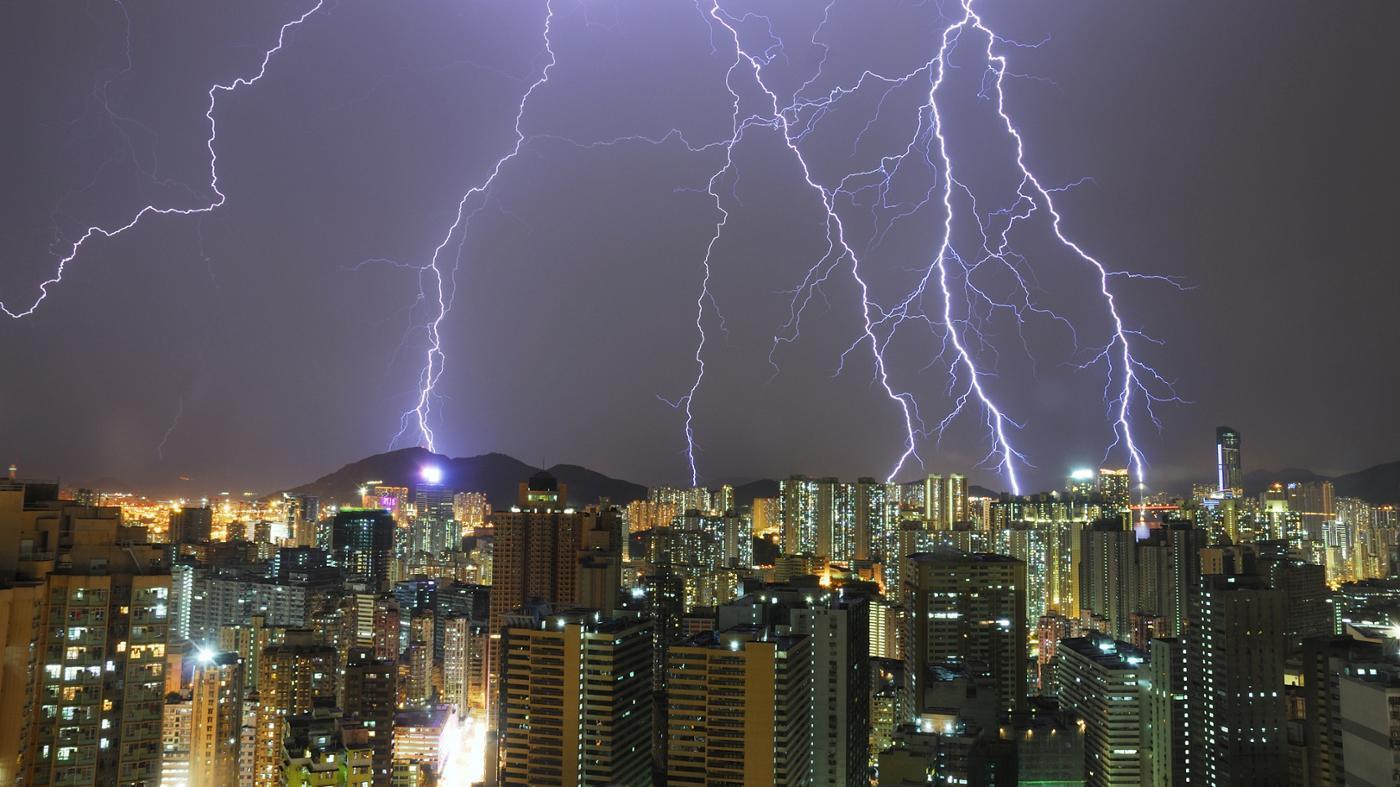Guidelines for Designing & Adopting Components for Lightning Protection for Structural Safety

High volume of energy are released instantaneously, called thunderstorms which is most common in nature released around 4.5km to 7.5km above the ground, is one of the deadliest hazards known in nature. This natural phenomenon that occurs without any prior warning sign is a consequence of accumulation of negative charges near the sky which discharges to the ground and further this electromagnetic impulses find a conductive path to the ground to complete the circuit. A permanent protection segment is needed to be provided by installing conductors and surge protectors against this potential threat in order to avoid damages of structure and electrical systems.
The age old technology widely recommended and adopted as per the international standard IS/IEC 62305 & National Building Code (NBC 2016) is the latest revision clearly defining the requirement of external lightning protection system with standard compliant earthing system for building structures which involves components - Air terminal network, down conductor, bonding techniques, grounding methods and practices.
What is Risk Analysis & Control Measures & Why is It Important
We use flexible design tools as per standards for the evaluation of lightning strike density of the structure or area to be protected and further the degree of safety required is determined along with associated risk factors. Based on the risk assessment, we check if the accessed lightning strike frequency is greater than the permissible risk level then an external protection system as per the level of protection has to be installed as per the below said methods.
Protection Angle Method
Mesh Method
Rolling Sphere Method
The number of air terminals, placement of air terminals and the maximum distance of any point on the roof between the consecutive horizontal conductor/ air terminal shall be decided as per nature of LPS system and the class of lightning protection. Mesh conductors are formed by the horizontal protective conductors connecting the air terminals which are connected to the ground by down conductors. While laying mesh on the rooftop, the maximum mesh spacing of the horizontal conductor ought to be as per tabulation of standard IEC 62305 Part 3 for mesh spacing.
Demonstrating the Installation of System to Offer Adequate Protection Against Lightning to the Protected Zone
Conventional Air termination network is mounted on the highest point of a building as per the design and the maintenance free earthing system driven under the ground is electrically linked using the down conductor which offers protection against harmful lightning events. During lightning events if the discharged energy happens to approach the protected zone, it shall directly hit the air terminal or the mesh conductors laid which is the primary capture system and further is conducted harmlessly to the ground through the down conductor which provides many parallel paths.
The air terminal and down conductors are made of material with good conductivity attributes such as copper, aluminium, GI, copper clad conductor, etc. Maintenance free earthing system to dissipate the lightning current is the last level of this protection methodology which is essential for the proper system functioning as this segment effectively conducts the high voltage to ground.
Along with external protection installation, surge suppression modules need to be installed internally. As per IEC 61643, upgrade the safety around and within your facility with the installation of Surge protection devices according to appropriate voltage or current rating as they are critically important passive circuit and an excellent investment that into which devices are plugged to shield life and property from catastrophic effect due to rapid hike in nominal line voltage.
Adopting and installing this system is necessary as in case if you have not adopted such a protection scheme, then voltage spark may enter the building leading to catastrophic effects or it can even initiate fire hazards.
#Bonus: If you want to know more about the electrical safety tips & tricks then I would recommend you follow the source information.
Read more: Connecting Methods of Electrical Earthing or Grounding.
Read more: Method of Electrical Earthing and Bonding Multicore Cables.
- Industry
- Art
- Causes
- Crafts
- Dance
- Drinks
- Film
- Fitness
- Food
- Games
- Gardening
- Health
- Home
- Literature
- Music
- Networking
- Other
- Party
- Religion
- Shopping
- Sports
- Theater
- Wellness
- News


